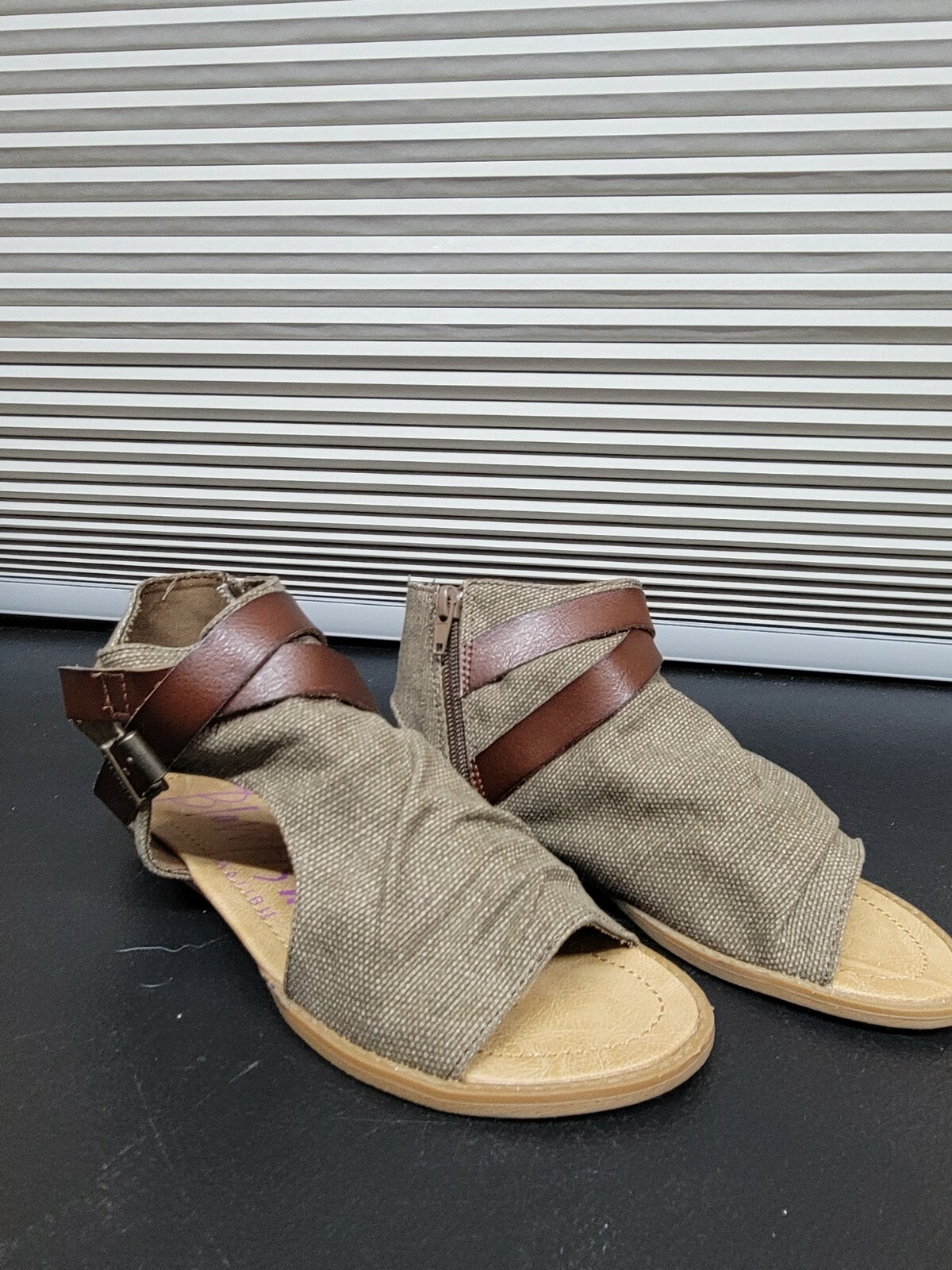5 Tips Steel Toe Shoes

When it comes to safety in the workplace, particularly in environments where heavy objects are frequently moved or where the risk of accidents is high, wearing the right footwear can be a lifesaver. Steel toe shoes, also known as safety shoes or steel-capped boots, are designed to protect the toes from heavy objects that might fall on them. These shoes have a reinforcing steel cap in the toe to provide protection against such hazards. Here are five tips to consider when selecting and using steel toe shoes for maximum protection and comfort:
1. Choose the Right Type for Your Job
The first and most crucial step in getting the most out of steel toe shoes is selecting the type that matches your job requirements. Different jobs require different levels of protection. For instance, if you work in construction, you might need shoes with both steel toes and slip-resistant soles to protect against falls and heavy objects. On the other hand, someone working in an electrical environment might prioritize shoes with electrical hazard protection. Ensure that the shoes you choose comply with the safety standards of your workplace and the specific hazards you’re exposed to.
2. Ensure Proper Fit
A properly fitting steel toe shoe is essential for both comfort and safety. If the shoe is too tight, it can restrict movement and cause discomfort, potentially leading to blisters or other foot problems. Conversely, if it’s too loose, it can lead to accidents, as the foot may slide around inside the shoe, reducing control and balance. When trying on steel toe shoes, wear the same type of socks you plan to wear with them and make sure you have enough room to wiggle your toes slightly. Also, consider the break-in period; some steel toe shoes might need time to mold to your feet.
3. Maintenance and Care
The longevity and effectiveness of steel toe shoes depend significantly on how well they are maintained. Regularly clean your shoes to prevent the buildup of debris, which can lead to slip hazards or damage the materials. For leather shoes, use a leather conditioner to keep them supple and resistant to water. Additionally, inspect your shoes regularly for signs of wear, such as a worn-out sole or a compromised steel toe. Most safety standards recommend replacing steel toe shoes every 6 to 12 months or sooner if they show significant signs of wear.
4. Understand the Safety Ratings
Steel toe shoes come with various safety ratings that indicate their level of protection against different hazards. For example, in the United States, shoes are rated by the American National Standards Institute (ANSI) or the American Society for Testing and Materials (ASTM). An example of a rating is the ASTM F2413 standard, which includes ratings for impact resistance (I) and compression resistance ©, among others. Understanding these ratings can help you choose shoes that offer the protection you need for your specific work environment.
5. Consider Comfort and Health
While the primary function of steel toe shoes is safety, comfort should not be overlooked. Poorly designed or ill-fitting shoes can lead to foot pain, fatigue, and even long-term health issues such as plantar fasciitis. Look for shoes with cushioning, arch support, and breathable materials to keep your feet cool and dry. Some steel toe shoes are designed with comfort in mind and feature advanced materials and designs that reduce the weight and increase the flexibility of the shoe, making them feel less cumbersome than traditional safety shoes.
What is the main purpose of wearing steel toe shoes in the workplace?
+The main purpose of wearing steel toe shoes is to protect the toes from heavy objects that might fall on them, providing a reinforcing steel cap in the toe for enhanced safety in hazardous work environments.
How often should steel toe shoes be replaced?
+Steel toe shoes should be replaced every 6 to 12 months or sooner if they show significant signs of wear, to ensure they continue to provide adequate protection against workplace hazards.
What factors should be considered when choosing steel toe shoes?
+When choosing steel toe shoes, factors such as job requirements, proper fit, comfort, and the specific safety features needed (e.g., slip resistance, electrical hazard protection) should be considered to ensure the shoes provide the necessary protection and meet workplace safety standards.
In conclusion, steel toe shoes are a critical component of personal protective equipment (PPE) in many industries, offering protection against a variety of workplace hazards. By selecting the right type for your job, ensuring a proper fit, maintaining the shoes, understanding safety ratings, and considering comfort and health, you can maximize the effectiveness of your steel toe shoes and contribute to a safer work environment. Remember, safety is everyone’s responsibility, and the right footwear is just the first step in protecting yourself and those around you.



